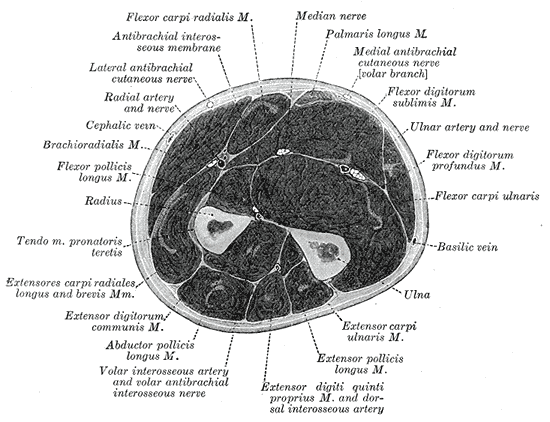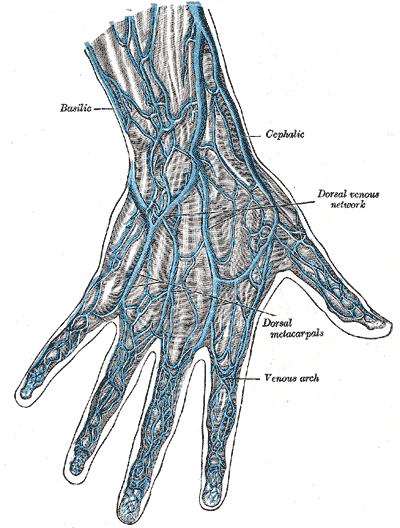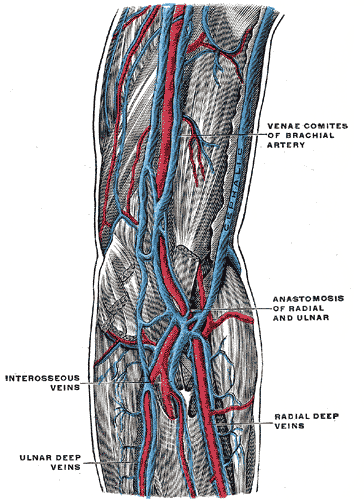Cephalic vein
| Cardiology Network |
 Discuss Cephalic vein further in the WikiDoc Cardiology Network |
| Adult Congenital |
|---|
| Biomarkers |
| Cardiac Rehabilitation |
| Congestive Heart Failure |
| CT Angiography |
| Echocardiography |
| Electrophysiology |
| Cardiology General |
| Genetics |
| Health Economics |
| Hypertension |
| Interventional Cardiology |
| MRI |
| Nuclear Cardiology |
| Peripheral Arterial Disease |
| Prevention |
| Public Policy |
| Pulmonary Embolism |
| Stable Angina |
| Valvular Heart Disease |
| Vascular Medicine |
Editor-In-Chief: C. Michael Gibson, M.S., M.D. [1]
Please Take Over This Page and Apply to be Editor-In-Chief for this topic: There can be one or more than one Editor-In-Chief. You may also apply to be an Associate Editor-In-Chief of one of the subtopics below. Please mail us [2] to indicate your interest in serving either as an Editor-In-Chief of the entire topic or as an Associate Editor-In-Chief for a subtopic. Please be sure to attach your CV and or biographical sketch.
Overview
In human anatomy, the cephalic vein is a superficial vein of the upper limb.
It communicates with the basilic vein via the median cubital vein at the elbow and is located in the superficial fascia along the anterolateral surface of the biceps brachii muscle.
Superiorly the cephalic vein passes between the deltoid and pectoralis major muscles (deltopectoral groove) and through the deltopectoral triangle, where it empties into the axillary vein.
It is often visible through the skin, and its location in the deltopectoral groove is fairly consistent, making this site a good candidate for cannulation.
Additional images
-
Cross-section through the middle of the forearm.
-
The veins on the dorsum of the hand.
-
The deep veins of the upper extremity.


